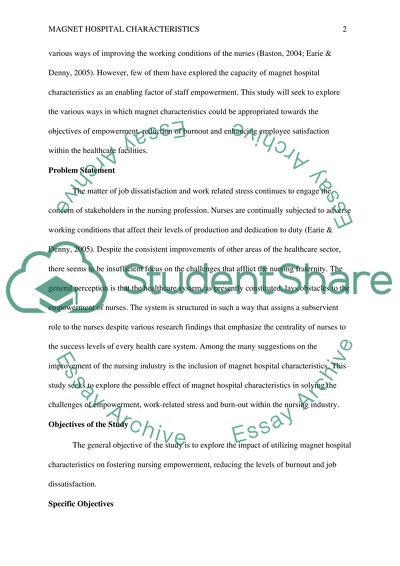Cite this document
(“Magnet Hospital Characteristics Research Proposal”, n.d.)
Retrieved from https://studentshare.org/nursing/1400916-magnet-hospital-characteristics
Retrieved from https://studentshare.org/nursing/1400916-magnet-hospital-characteristics
(Magnet Hospital Characteristics Research Proposal)
https://studentshare.org/nursing/1400916-magnet-hospital-characteristics.
https://studentshare.org/nursing/1400916-magnet-hospital-characteristics.
“Magnet Hospital Characteristics Research Proposal”, n.d. https://studentshare.org/nursing/1400916-magnet-hospital-characteristics.


